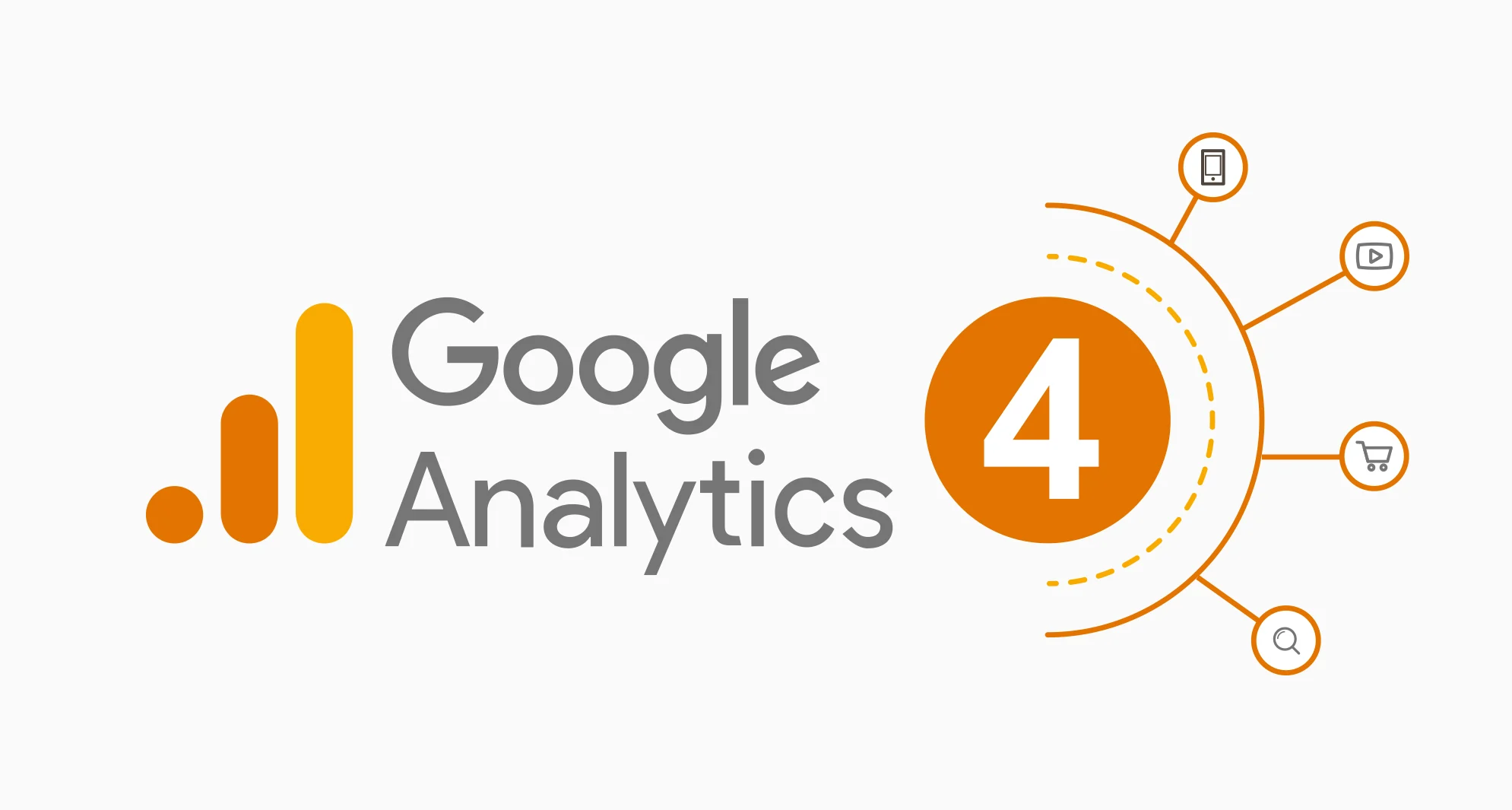Nowadays, businesses need flexible and privacy-focused analytics tools to gain actionable insights. Google stopped Universal Analytics and recommended all users transition to their next-generation product, Google Analytics 4 (GA4).
Although this shift requires some effort, GA4 provides enhanced cross-platform measurement, machine learning capabilities, and built-in privacy controls to future-proof your analytics.
With the rollout timeline confirmed, now is the critical time to get your business set up for long-term success.
The Need for Modern Analytics
Previously, Universal Analytics served businesses well for over a decade. But, the thing is, it was designed for a simpler era of desktop traffic and cookie-based tracking.
Today’s digital landscape is multi-platform, app-centric, and increasingly privacy-focused.
Users expect their data to be handled ethically, and regulations like GDPR impose strict consent and data management rules.
In this case, Universal Analytics lacks the flexibility and controls needed for this new environment.
Specifically, it has platform-specific tracking with fragmented data, limited privacy options, and an outdated session-based model.
But, GA4 was purpose-built to address these challenges with unified cross-platform insights, predictive machine learning, and enhanced privacy.
So with GA4, you can finally connect previously siloed interactions into complete user journeys. Lean on Google’s AI to surface patterns and predict future outcomes. And configure robust data collection and retention policies to align with legal obligations and user expectations.
According to Jerry Dischler, VP/GM of Ads and Commerce, “The future of digital is user-centric, app-centric, and privacy-centric. Google Analytics 4 gives you the measurement foundation specifically built for this environment.”
Sunsetting Dates for Universal Analytics
To fully unlock GA4’s capabilities, Google has announced a sunset schedule for Universal Analytics
- July 1, 2023: Universal Analytics stopped processing new hits for standard accounts
- July 1, 2024: Universal Analytics will stop processing new hits for 360 accounts
Standard accounts had reporting access for at least 6 months post-sunset, while 360 accounts will have it for 12 months.
This runway gives you well over a year to get GA4 fully implemented. The key is starting the transition ASAP. Migrating late will leave you without enough historical GA4 data come sunset time.
Key Capabilities of Google Analytics 4
Upgrading to GA4 is not just about avoiding a service shutdown. The product was rebuilt from the ground up to help businesses,
- Gain a complete understanding of cross-platform customer journeys
- Optimize marketing ROI with advanced measurement and machine learning
- Build a flexible, privacy-first analytics foundation
Here are some top benefits your business can realize with GA4,
- Unified Cross-Platform Insights
GA4 uses an event-based data model that stitches together interactions into holistic user journeys across platforms. Gone are the domain and session silos of Universal Analytics.
For example, Fitness apparel retailer Gymshark used GA4 to analyze full journey paths across its website and mobile app. This unified view helped them boost purchase funnel conversions by 9%.
- Data-Driven Attribution
Machine learning uncovers how each marketing touchpoint contributes to conversions, beyond just last-click attribution. These insights are exported to Google Ads and Display & Video 360 for true omni-channel campaign optimization.
McDonald’s Hong Kong saw a 5.6X revenue increase and 63% lower CPA by activating GA4 predictive audiences in Google Ads.
- Enhanced Privacy Controls
GA4 introduces country-level configurations and IP anonymization to help comply with global privacy laws. You can pare back data collection to the essentials and leverage Google’s AI to fill the gaps.
- Future-Proof Foundation
GA4 will continue receiving enhancements over time, while Universal Analytics is being sunset. Migrating now ensures your analytics strategy aligns with where Google is investing for the long term.
Steps to Get Started with GA4
Switching to GA4 requires forethought but is manageable with proper planning,
- Create GA4 properties alongside your current Universal Analytics accounts. Use the GA4 migration guide for setup best practices.
- Segment your website/app data streams to send copies into both. This dual tracking builds your GA4 history while still relying on Universal Analytics.
- Monitor both actively and compare. Identify any data or configuration gaps to address.
- Over time, phase out the Universal Analytics stream as confidence in GA4 grows. The dual tracking period can range from months to over a year.
- Stop sending data to Universal Analytics on the sunset dates. GA4 will be your sole live analytics source going forward.
For further guidance, Google provides detailed help center articles, best practice guides, and an analytics education course. Lean on these resources to ensure your GA4 implementation meets all business needs by the time Universal Analytics sunsets.
Read More- GA4 Features: Amazing Functionalities to Check in Google Analytics 4


